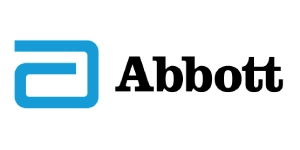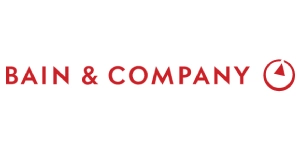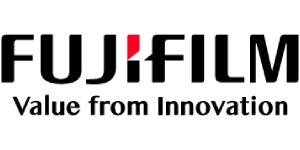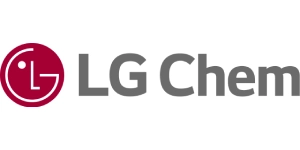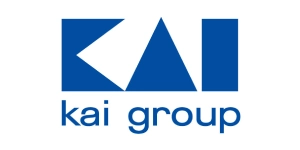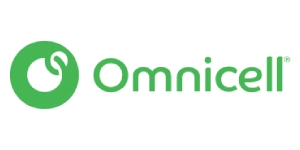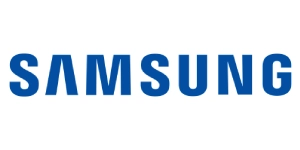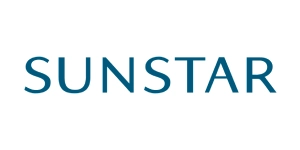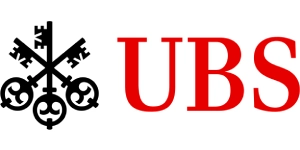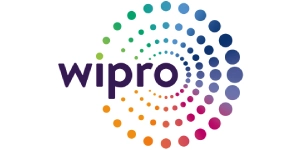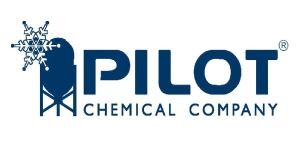Emerging Trends in the Industrial Gases Market: Fueling Semiconductor Expansion and Green Manufacturing
Category : Materials And Chemicals | Published Date : May 2025 | Type : Press Release
As the global necessity for the use of specialty gases grows, industrial gases are witnessing significant development. Industrial gases, which are used for various applications, serve a crucial role in this development. In 2025, the industrial gases market is witnessing significant shifts, fueled by the expansion of semiconductors, demand for green manufacturing, advancement in gas generation technologies, integration of digital technologies and IoT sensors, amongst others. This article explores the key trends driving the industrial gases market in 2025 and how advancements are supporting semiconductor expansion and green manufacturing.
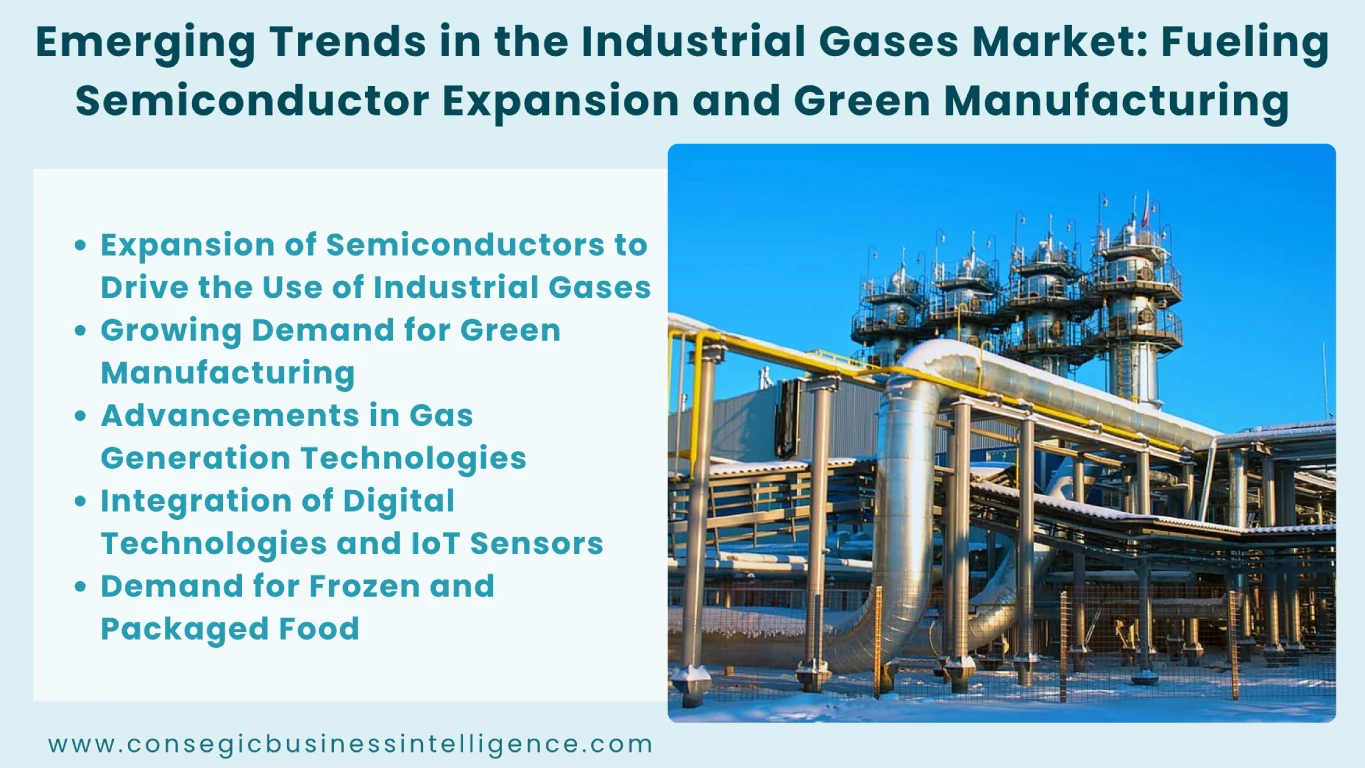
1. Expansion of Semiconductors to Drive the Use of Industrial Gases.
One of the most transformative trends in 2025 is the expansion of the semiconductor sector. Industrial gases play a major role in the manufacturing of semiconductors and wafer processing. As semiconductor manufacturing is advancing, the need for clean environments and accurate chemical processing has expanded. Industrial gases such as nitrogen, argon, and specialty gases such as silane have intensified.
The growth in semiconductor production, including semiconductor fabrication, influenced by the growing demand for electric vehicles and technologies such as AI and 5G, is encouraging the expansion in electronic gases capacity and innovative purification techniques.
2. Growing Demand for Green Manufacturing
The rising environmental awareness, combined with the necessity for green manufacturing practices, is another major factor influencing the industrial gases market. As various industries face pressure to reduce their carbon footprint and adopt sustainable practices, industrial gases are playing a major role in allowing cleaner processes.
The green hydrogen produced using renewable energy has gained significance as a sustainable energy carrier in various industrial applications. The integration of circular economy principles such as gas recycling and waste-to-gas production leads to a clean energy transition. The adoption of sustainable industrial manufacturing practices supports low-emission processes that adhere to various sustainable practices. Thus, in 2025, research focusing on reducing the environmental implications of traditional manufacturing practices is moving towards green manufacturing as a potential sustainable solution.
3. Advancements in Gas Generation Technologies
Advancement in gas generation technology is a prominent trend presenting positive implications for the industrial gas market in 2025. The advancement in gas generation technology enables an efficient and systematic generation of various industrial gases. The increasing adoption of on-site gas generation systems and advancement in these systems, such as membrane separation, pressure swing adoption, and others, presents more compact, efficient, and cost-effective solutions.
These advancements are driving innovation in the production and supply of various industrial gases, which also include advanced gas purification systems. The increasing recognition of this potential is attracting greater collaboration between industrial gas suppliers and end users, further accelerating the growth of the industrial gases market in 2025.
4. Integration of Digital Technologies and IoT Sensors
The integration of digital technologies and advanced solutions such as IoT sensors creates significant opportunities for the market. Integration of advanced technologies represents a technological advancement with potential utility across diverse industrial gas plants and various distribution networks, mainly for improving efficiency. In 2025, various gas suppliers are focusing on enhancing their production and distribution of industrial gases. This influences the incorporation of digital technologies mainly for real-time monitoring and predictive maintenance schedules.
In addition, the integration of smart sensors and digital technologies in supply chain management and data-driven decision-making influences greater efficiency, safety, and reliability in the production and consumption of industrial gases. This rising adoption of technologies is creating potential for the market in 2025.
5. Demand for Frozen and Packaged Food
The rise in demand for frozen and packaged food is a significant trend that is driving the industrial gases market in 2025. The growing need for quick freezing methods for foods is influencing the utilization of methods such as cryogenic freezing, which is a quick-freezing technique that utilizes industrial gases such as liquid nitrogen and liquid carbon dioxide for rapid freezing of food products.
The rise in the demand for packaging material that extends the shelf life of frozen food items influences the use of enhanced packaging methods such as modified atmosphere packaging. This technique alters the composition of gas present inside the packaging. The rise in the e-commerce sector and online food delivery services require enhanced preservation and packaging methods for frozen and stored food, thus contributing to the rise in the utilization of industrial gases.
Conclusion
The industrial gases market in 2025 is characterized by innovation, sustainability, and expanding applications. With the adoption of advanced gas generation technologies and the integration of digital technologies and IoT sensors, the market is witnessing innovations supporting the expanding applications of industrial gases. The growing global concern over traditional manufacturing practices is driving the focus on green manufacturing, which positions industrial gases as a potentially sustainable alternative that provides sustainability in manufacturing. As the expansion of the semiconductor sector rises, there is a growing demand for electronic-grade gases for various applications. The demand for frozen food and packaged food influences the use of industrial gases for freezing and packaging applications. Stakeholders who embrace these emerging trends will be better positioned to lead the industrial gases market and shape the future of these gases.
